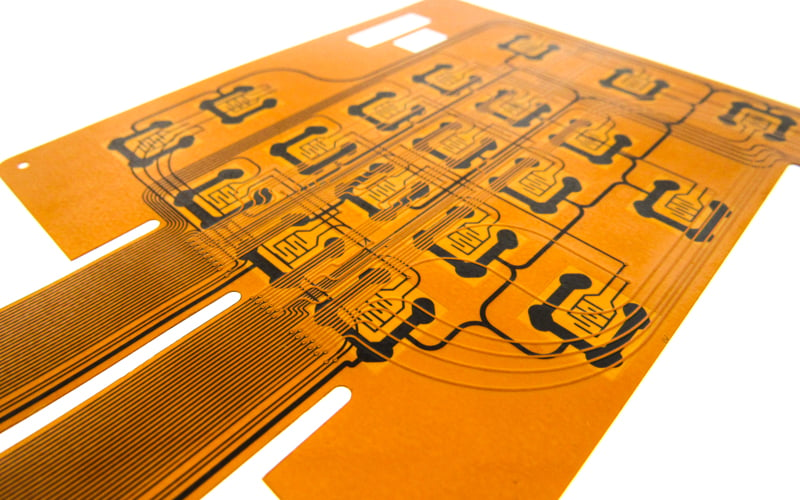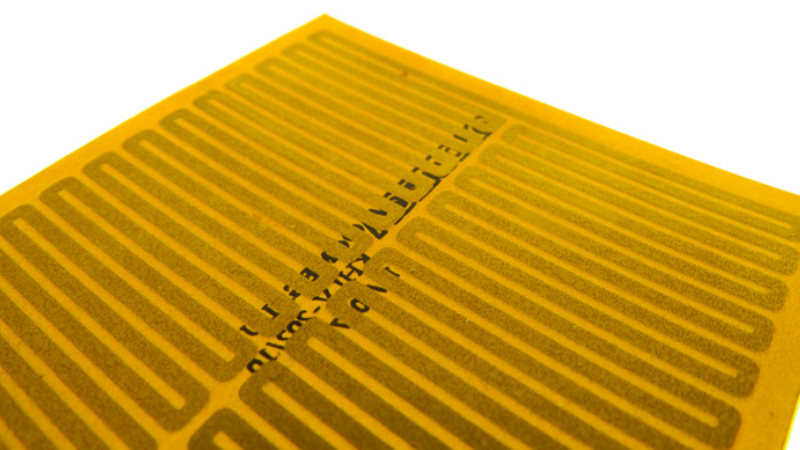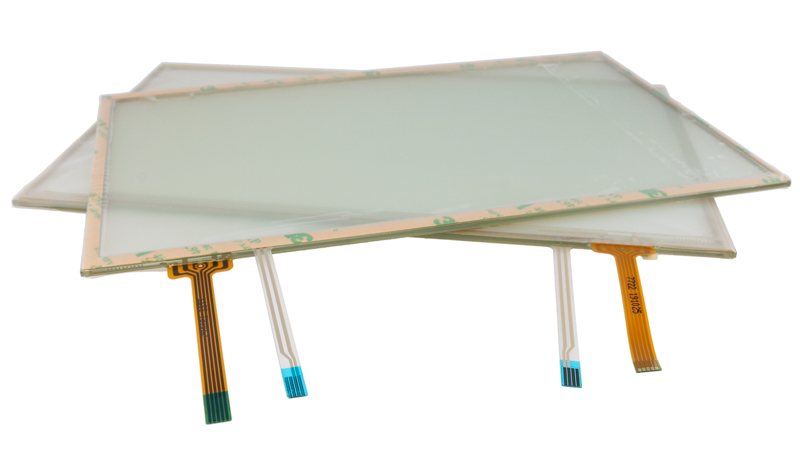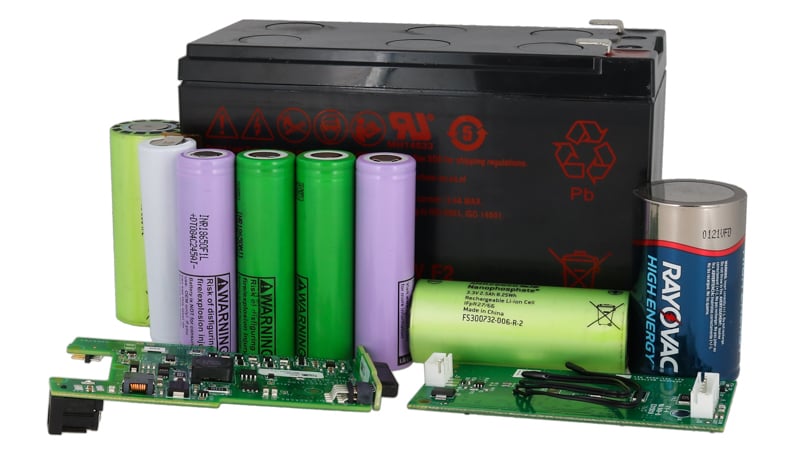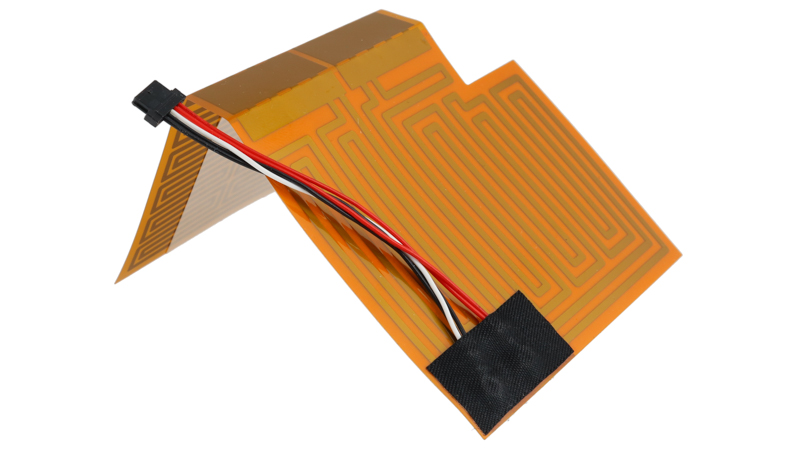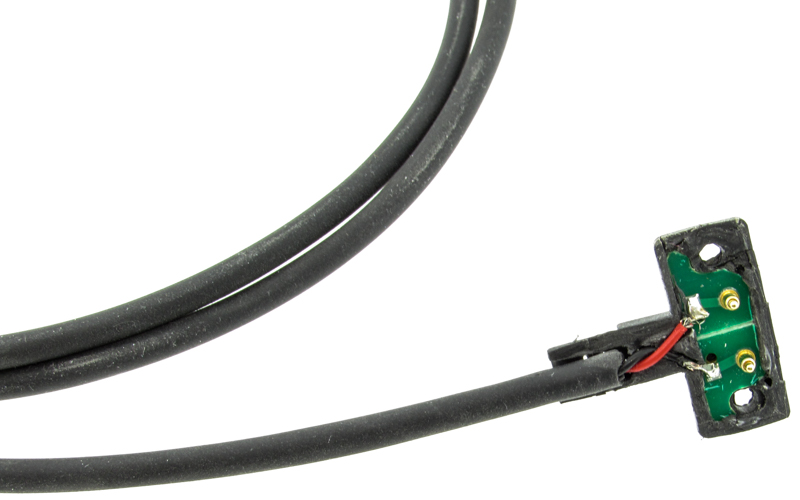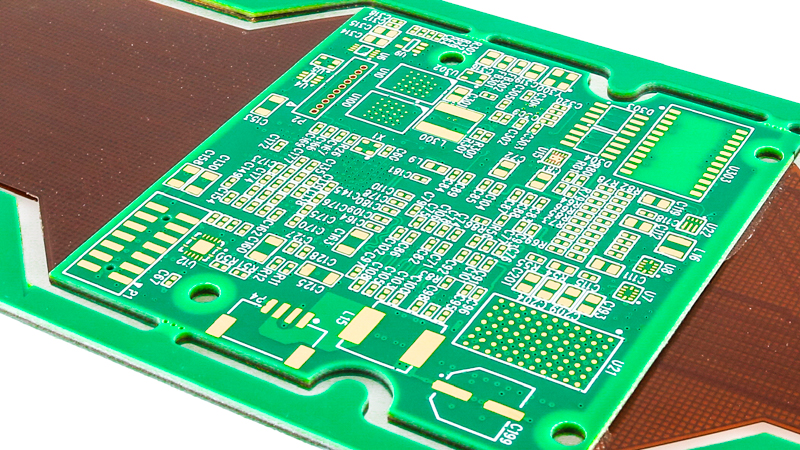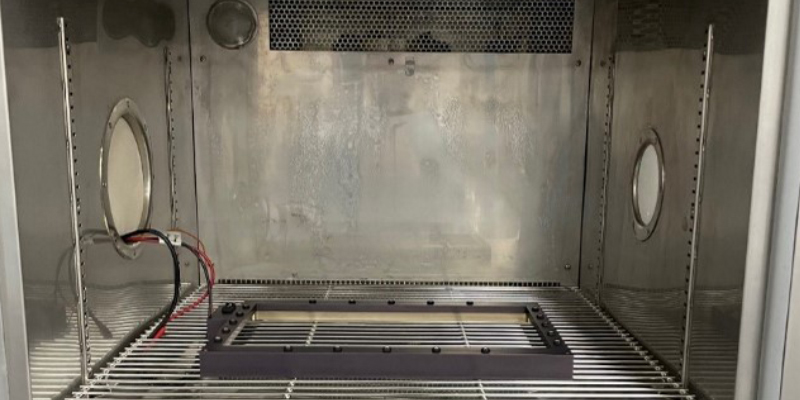Flexible heaters allow customers to apply heat at targeted areas at any given moment. This procedure is desired for applications for a variety of reasons, such as preventing condensation to form on instrument panels, keeping the consistency of semi-fluid materials so that they may pass through pipe systems, or keeping systems warm during extreme environmental temperatures.
Silicone is one of the most common materials used for elastomeric technologies today. Silicone elastomer is utilized across numerous industries and applications, from o-rings to cable jacketing, to cookware, to even your child’s fidget toy, silicone elastomer is chosen for its exceptional mechanical properties and low reactivity.
Dome switches are a very popular solution for use as a momentary switch. They are a good solution that provides tactile feedback that the switch has been depressed and an event registered. Many applications require a dome switch mounted to a flexible circuit board.
Flexible heaters are used in applications to keep systems, electronics, and products at the appropriate temperatures utilize a range of materials and thicknesses to achieve optimal heat output. Often when reaching out to a manufacturer, the customer will be asked to provide specifications regarding the application. The manufacturer will need to understand the wattage desired for the flexible heater and the temperature output that the flexible heater will provide.
Touchscreens are everywhere. From the coffee maker in the breakroom to the smartwatch on your child’s wrist to the in-flight entertainment system on your commuter flight, touchscreen technologies are a part of our everyday lives. As touchscreens continue to become intertwined in our culture, they help make everyday tasks that much simpler and improve the ease of use for all kinds of electronics.
It is common to explore different power supply options when designing your applications. However, one that often gets neglected is the differences between the types of battery cells in your portable applications. There are a lot of similarities between battery cells, but also very many differences that make certain cells more efficient than others when it comes to application.
Flexible heaters are used in numerous industries to provide heat in a selective area to deal with; condensation and mist, food processes, keeping electronics warm due to environmental temperature changes or keeping liquids in a fluid state. Temperature sensors are used to monitor the temperature of the flexible heater as well as the surface that is being heated.
Outdoor cables are used in commercial, industrial, and residential applications where they are exposed to a variety of adverse conditions. To survive a lifetime’s worth of abuse, outdoor-rated cables must be designed to stand up to the elements, rough handling, excessive moisture, extreme temperatures, and contaminants like sand or dust. Having an overmold in the design of the cable assembly, the cable terminations can be sealed and ruggedized allowing for several design risks associated with outdoor use to be addressed in an economical fashion.
We get many inquiries from our customer base regarding updating or converting an existing design from its current configuration of rigid printed circuit boards interconnected with a wiring harness to a rigid-flex printed circuit board. With our experience, we can quickly determine if a conversion option is worth investigating further. We can also see how some are relatively obvious that they would need a complete redesign to convert.
Our nation’s warfighters demand the highest reliability vehicles, weapons, and communication systems that exist. Lives depend on these products working the first time and every time. They rely on the quality and reliability of the electronics behind their state-of-the-art systems.


